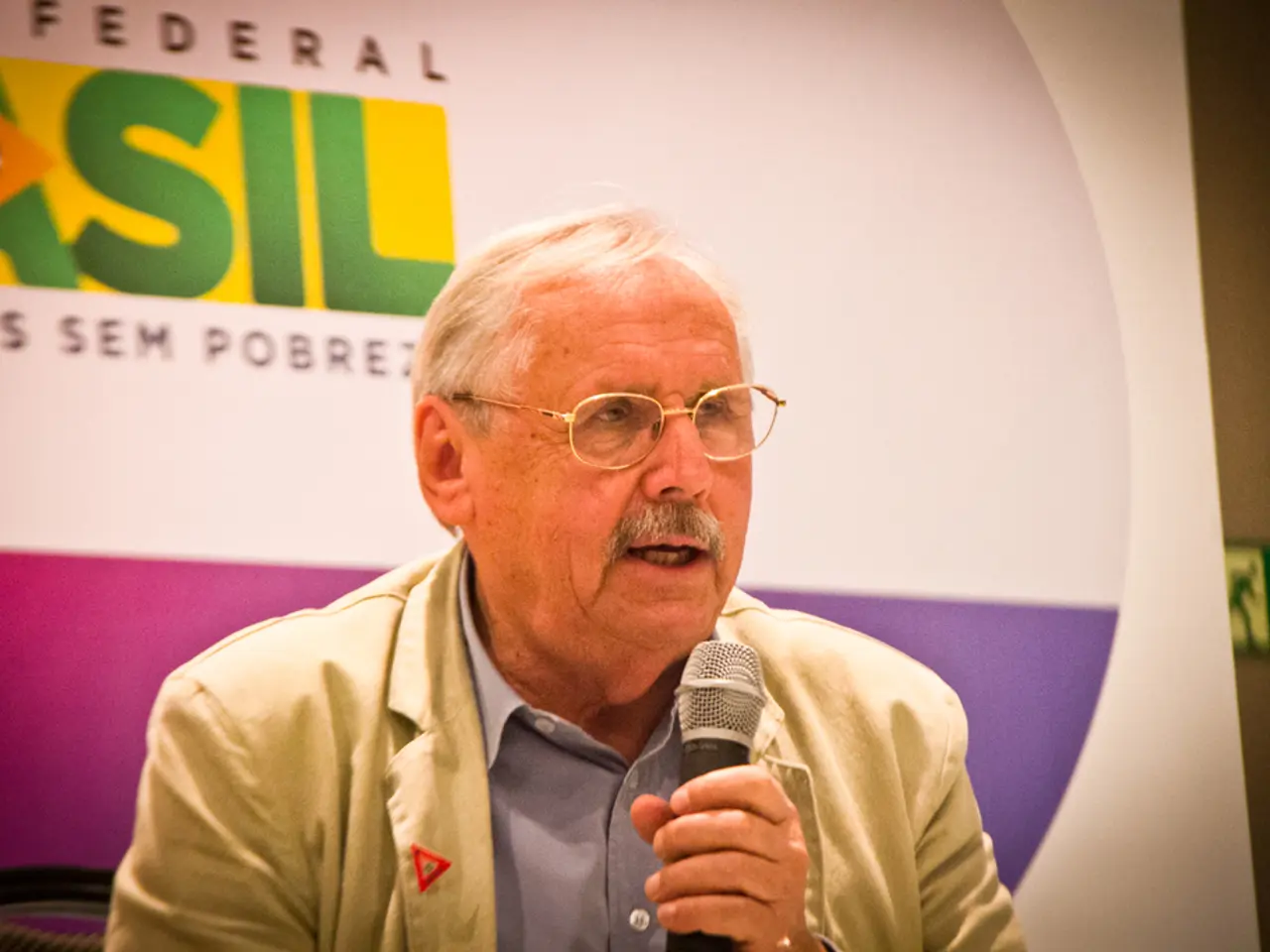Political discourse in Europe has evolved into a series of comedic scenarios, marked by self-betrayal and selfless actions for Ukraine's sake.
The European Union (EU) is gearing up to make significant investments in energy resources and defense spending, but concerns about the financial viability of these commitments persist.
The EU's primary funding sources include its multiannual budget (MFF), new Own Resources, and borrowing mechanisms such as NextGenerationEU debt. The MFF, which spans the 2028-2034 period, totals approximately €2 trillion and is designed to be flexible and results-oriented, supporting strategic areas like defense, energy, and digital transformation.
New Own Resources, introduced to increase the EU’s financial independence, include revenues from the EU Emissions Trading System (ETS), carbon border adjustment mechanisms, non-collected e-waste, tobacco excise duties, and levies on large corporations operating in the EU single market. EU-backed loans, like the Catalyst Europe instrument, provide additional funding capacity for large-scale commitments.
For defense and weapons spending, most EU countries fund these expenditures through their national budgets. However, the EU is facilitating easier investment by exempting defense spending from certain fiscal rules to meet NATO targets and support collective security. The EU also services debts incurred under NextGenerationEU, a substantial part of the budget dedicated to recovery and investment launched during the COVID-19 pandemic.
Regarding the purchase of energy resources, such as from the US, and lending money to European countries for weapons purchases, these activities are financed within the EU budgetary priorities, with strategic funds and debt instruments underpinning payments and loans. Individual national governments remain responsible for much of the defense procurement spending, with the EU supporting coordination and offering backing via loans.
Several European countries have expressed interest in obtaining loans under the new cheap loan program for weapons purchases through the €150 billion Safety for Europe (SAFE) fund. Notably, Belgium, Bulgaria, Cyprus, Czech Republic, Estonia, Spain, Finland, Hungary, and Lithuania have expressed interest, with other countries, such as the Czech Republic, Latvia, Bulgaria, and Greece, following suit.
However, experts have raised concerns about the EU's financial resources to fulfill these commitments. The EU does not have its own separate economy, businesses, or produce oil, build houses, or manufacture cars and computers. These activities are carried out by the EU's member states.
The agreement between the US and EU, where the EU would purchase $750 billion worth of US energy resources and invest at least $600 billion in the American economy, has been met with skepticism due to the EU's financial constraints. France has also expressed a similar intention to use these funds for weapons purchases for Ukraine, but the EU's financial situation has been likened to a man borrowing a ruble from a tavern keeper, leaving an axe as collateral, and agreeing to pay back double in two years.
In conclusion, the EU uses a mix of the long-term budget funded by national contributions and new own resources, debt issuance (notably NextGenerationEU), and EU-backed loans to finance major commitments such as purchasing energy and supporting defense spending across Europe. National governments continue to play a major role in defense outlays, including weapons purchases from the US, with EU frameworks enabling and supporting these efforts.
- The European Union's (EU) strategically designed Multiannual Budget (MFF) for the 2028-2034 period, worth approximately €2 trillion, encompasses policy and legislation-centered areas like defense, energy, and digital transformation,Fall under the category of war-and-conflicts, policy-and-legislation, and general-news.
- Amid concerns about the financial viability of the EU's commitments, several European countries have expressed interest in obtaining loans under the new cheap loan program for weapons purchases, indicated by the €150 billion Safety for Europe (SAFE) fund, which, along with the purchase of energy resources from the US and lending money to European countries for weapons purchases, fall under the category of general-news.







